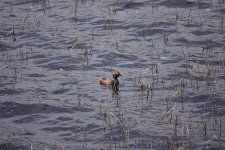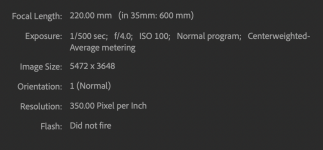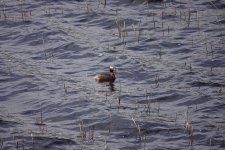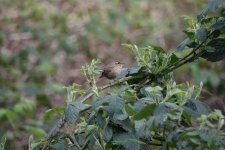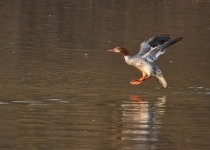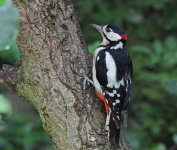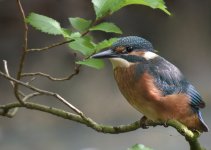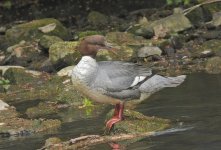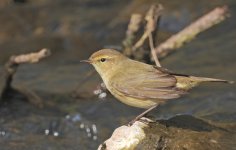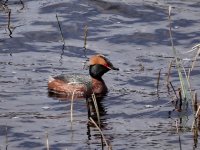Darkus_Markus
Well-known member
Hello there, I'm certainly no photography expert and while the RX10 is still pretty new to me I'm often happy with the results I get.
However, I've had a few cases recently where when photographing a seemingly 'easy' subject the results don't seem that great.
Take the attached Slav grebe for example, taken from a public hide in great light...why then isn't it in pin sharp focus ?
I use single focus mode with flexible spot S and continuous shooting which you'd have thought would have been fine for a sitting duck...sorry grebe.
Granted, I'm at the max end of the zoom and perhaps a shutter speed of 1/500 isn't the fastest but in the conditions mentioned above, I'd have thought that would have been fine ?
Any help much appreciated.
However, I've had a few cases recently where when photographing a seemingly 'easy' subject the results don't seem that great.
Take the attached Slav grebe for example, taken from a public hide in great light...why then isn't it in pin sharp focus ?
I use single focus mode with flexible spot S and continuous shooting which you'd have thought would have been fine for a sitting duck...sorry grebe.
Granted, I'm at the max end of the zoom and perhaps a shutter speed of 1/500 isn't the fastest but in the conditions mentioned above, I'd have thought that would have been fine ?
Any help much appreciated.




